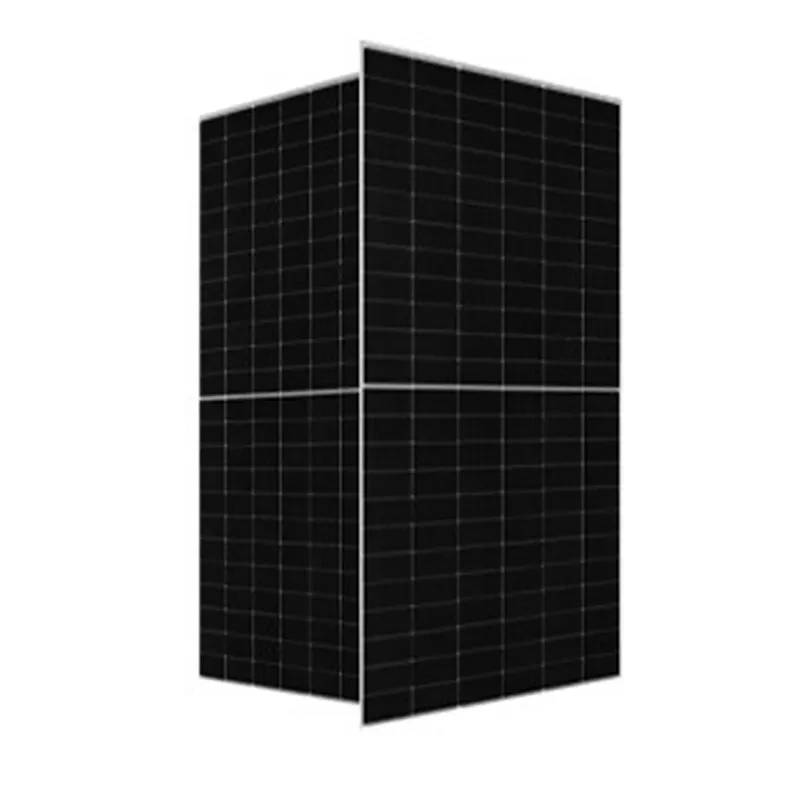bifacial solar panels working
Understanding Bifacial Solar Panels How They Work and Their Advantages
As the world increasingly turns towards renewable energy sources, solar power continues to lead the charge in sustainable energy generation. One of the most innovative developments in this field is the introduction of bifacial solar panels. Unlike traditional solar panels, which capture sunlight from only one side, bifacial solar panels harness solar energy from both the front and rear sides. This unique design has garnered a lot of attention due to its efficiency and potential benefits in a variety of applications.
How Bifacial Solar Panels Work
Bifacial solar panels consist of a transparent backsheet or glass that allows sunlight to pass through and be captured on the rear side. The panels are typically made using monocrystalline or polycrystalline silicon, both of which are widely recognized for their excellent efficiency rates. The basic principle behind bifacial panels is simple while the front side absorbs direct sunlight, the rear side can capture reflected light from the ground or nearby surfaces.
The energy generated by bifacial panels depends heavily on the albedo effect, which refers to the reflectivity of the ground or surrounding surfaces. For instance, surfaces like snow, sand, or light-colored concrete have a high albedo, reflecting more sunlight and allowing the rear side of bifacial panels to generate additional energy. This capability is particularly advantageous in open, sunny environments where the ground cover is reflective.
Advantages of Bifacial Solar Panels
1. Increased Energy Generation One of the most significant benefits of bifacial solar panels is their potential to produce more energy than traditional panels. By capturing sunlight from both sides, these panels can increase the overall energy output by 10% to 30% more, depending on the installation's specific environment and configuration.
2. Reduced Land Use Bifacial panels can optimize energy generation without requiring additional land. This feature is particularly important in densely populated areas where space is limited. By utilizing reflective materials or strategic placements, the same installation can maximize energy output efficiently.
bifacial solar panels working

3. Durability and Longevity Many bifacial panels are built with glass on both sides, which enhances their durability against environmental threats like hail, wind, and dust. The lifespan of these panels can also be longer compared to traditional options, as they are less likely to suffer from degradation over time.
4. Flexibility in Design and Installation Bifacial solar panels offer incredible flexibility for installers and developers. They can be effectively used in a variety of settings, including ground-mounted systems, building-integrated photovoltaics (BIPV), and solar tracking systems. This adaptability allows for creative design solutions in both residential and commercial settings.
5. Lower Levelized Cost of Energy (LCOE) With increased energy production and potential savings on land use, bifacial solar panels can contribute to a lower levelized cost of energy. This makes solar power more competitive with traditional forms of energy generation, encouraging further adoption of renewable technologies.
Challenges and Considerations
While bifacial solar panels present attractive advantages, there are some challenges to their implementation. The efficiency of energy generation from the rear side is highly dependent on site-specific factors, such as ground reflectivity and installation orientation. Therefore, careful planning and analysis are essential to maximize their benefits. Additionally, installation costs can be higher than traditional solar panels, which might deter some investors.
Conclusion
Bifacial solar panels represent a significant advance in solar technology, showcasing how innovation can enhance energy efficiency. By capturing sunlight from both sides, these panels not only produce more energy but also offer flexibility in design and potential cost savings over time. As the demand for renewable energy continues to grow, understanding and implementing technologies like bifacial solar panels will be critical in transitioning to a sustainable energy future. Their ability to maximize energy output in increasingly constrained environments speaks to their potential role in global efforts to combat climate change.
-
String Solar Inverter: The High-Efficiency Solution for Smart Solar EnergyNewsJul.14,2025
-
Revolutionizing Rooftop Energy with the Power of the Micro Solar InverterNewsJul.14,2025
-
Power Independence with Smart Off Grid Solar Inverter SolutionsNewsJul.14,2025
-
On Grid Solar Inverter: Powering the Future with Smart Grid IntegrationNewsJul.14,2025
-
Monocrystalline Solar Panels: High-Efficiency Power for the Future of Clean EnergyNewsJul.14,2025
-
Bifacial Solar Panel: A Smarter Investment for Next-Generation Energy SystemsNewsJul.14,2025







